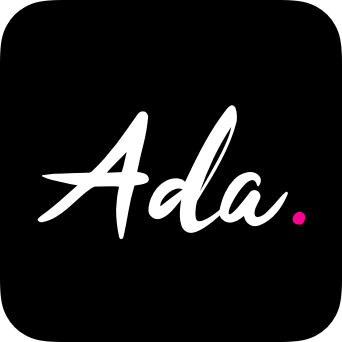Content
1. Project overview
2. Data collection
3. Data analysis
4. Data visualisation
5. Data protection
6. Conclusions
Project Overview
The project is part of my final assessment for the NCFE Level 3 Certificate in Data Science with The City of London Corporation.
This project evaluates how well Thecityofldn.com supports screen reader users, individuals who rely on assistive technology to navigate digital content. The focus is on analysing alternative text (alt text), which provides image descriptions that screen readers can interpret aloud.
About the Website
● A guide to explore the City of London: places to visit, eat, and stay.
Focus of the Data Analysis
● Evaluating how well the website supports screen reader users, tools that read out content like image descriptions, known as alternative text (alt text).
Why It Matters
● Supports inclusive design and helps improve user experience and meet EU accessibility laws (June 2025).
Goal of the Project: Making the Website More Accessible
● Identify if images have alt text.
● Check if they follow W3C WAI(Web Accessibility Initiative) guidelines.
Data Collection
1. W3C Web Accessibility Initiative (WAI): Develops standards and support materials for accessibility implementation.
Reference: https://www.w3.org/WAI/tutorials/images
Alt Text Compliance Rules:
● Compliant: Alt text is meaningful, Decorative images (alt="" + role="presentation" or aria-hidden="true").
● Non-compliant: No alt attribute.
● Partially compliant: Vague or empty alt without decorative marking.
Focused on the main navigation menu (home page + 6 pages).
2. Used Python modules Requests and BeautifulSoup to access HTML on the webpage and extract images.
Saved results into CSV using Pandas for analysis.
Data Analysis
1. Identify pages with the highest number of non-compliant images.
2. Calculates the number of compliant and non-compliant images for each page.
Data Visualisation
I used Python module Matplotlib for creating:
● Stacked bar chart comparing compliant vs non-compliant images.
● Pie chart shows the overall breakdown of image compliance.
Key Insights
Most Compliant: "eat-and-drink"
Most Issues: "our-story"
Generally Accessible: "home", "attractions-in-city-of-london","hotels-in-city-of-london"
Priority Areas: "our-story" and "visiting-city-of-london"
Overall accessibility across the 7 webpages is strong, having compliance rates above 87%.
Data Protection
Legal/ Regulatory Requirements
● Data is public, no personal data used, compliant with GDPR.
● Project supports digital accessibility legislation in the UK.
Secure Storage and Distribution
● Store CSVs locally.
Ethical Use
● The purpose is to improve accessibility, not to criticise.
● All findings are shared constructively and respectfully.
Conclusions
High Overall Compliance: All 7 pages exceed 87 % compliant images.
Top Performer: “eat‐and‐drink” Biggest Gap: “our‐story”
Next steps
● Fix the pages with high compliance.
● Expand the analysis across every page of the website.
● Stay updated on WCAG(Web Content Accessibility Guidelines) changes.
● The Python code can be customised and easily applied to other websites like a reusable “audit tool”.
